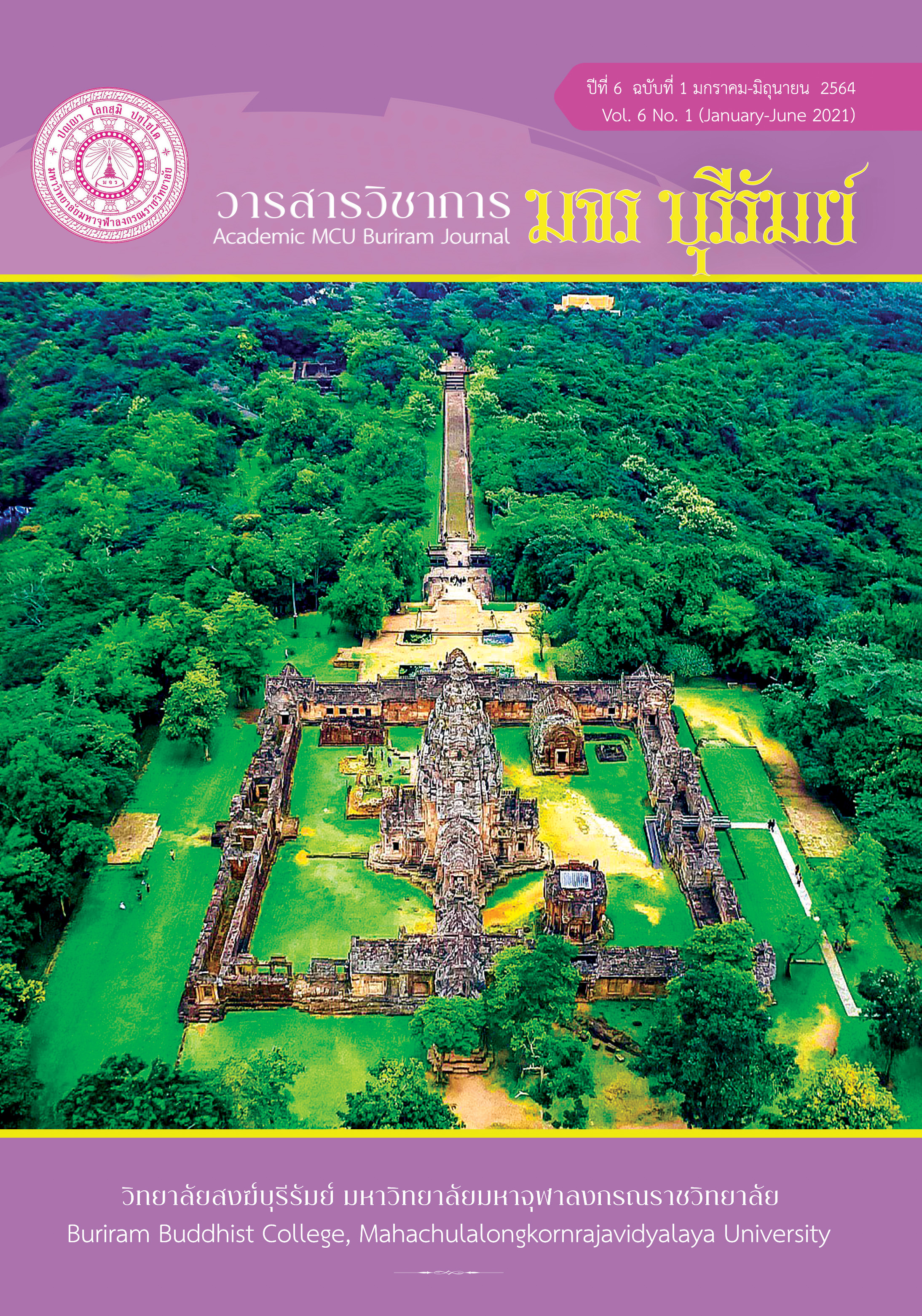4 Dhãtu and the Meditation Practice in Buddhism
Keywords:
4 Dhãtu, Meditation Practice, BuddhismAbstract
The four Dhãtu are earth, water, fire, and wind. Earth is hard and soft, water is flowing and holding, fire is hot and cold, the wind is moving and intense. Meditation Practice in Buddhism is, in the principle, the four Dhãtu are considered by the consciousness that the body is not an animal, a person, I, and you, which are impermanent, suffering, and non-self. Dhãtu is essential to living things, without the four Dhãtu - earth, water, fire, and wind - life could not exist. The determination of four Dhãtu is the mood while practicing the meditation in the four postures: standing, walking, sitting, and lying when the practitioner hits the 42 figures i.e. hair, hair, nails, teeth, skin, ligaments, bones, etc. should be determined as “touching”. Considering the four Dhãtu is one of the methods of meditation practice in Buddhism, the consideration of the four Dhãtu with wisdom as the subject that determines the arising and falling will help the practitioners attain the path and fruit of Nibbana. The merits of consideration of the four Dhãtu Tu are: seeing non-self, being a very intelligent person, etc.
References
คณาจารย์แห่งโรงพิมพ์เลี่ยงเชียง. (2551). ธรรมวิจารณ์ ฉบับมาตรฐาน. นักธรรมชั้นเอก. กรุงเทพมหานคร: โรงพิมพ์เลี่ยงเชียง.
พระโสภณมหาเถระ (มหาสีสยาดอ). (2553). วิปัสสนาชุนี หลักการปฏิบัติวิปัสสนา. จำรูญ ธรรมดา แปล. พิมพ์ครั้งที่ 1. กรุงเทพมหานคร: ห้างหุ้นส่วนจำกัด ประยูรสาสน์ไทยการพิมพ์.
พระธรรมปิฎก (ป.อ. ปยุตฺโต). (2546). พจนานุกรมพุทธศาสตร์ ฉบับประมวลธรรม. พิมพ์ครั้งที่ 12. กรุงเทพมหานคร: โรงพิมพ์มหาจุฬาลงกรณราชวิทยาลัย.
มหาจุฬาลงกรณราชวิทยาลัย. (2539). พระไตรปิฎกภาษาไทย ฉบับมหาจุฬาลงกรณราชวิทยาลัย. กรุงเทพมหานคร: โรงพิมพ์มหาจุฬาลงกรณราชวิทยาลัย.
Downloads
Published
How to Cite
Issue
Section
License
ทัศนะและความคิดเห็นที่ปรากฏในบทความวารสารฉบับนี้ถือเป็นความรับผิดชอบของผู้เขียนบทความนั้น ไม่ถือเป็นทัศนะและความรับผิดชอบของบรรณาธิการ





